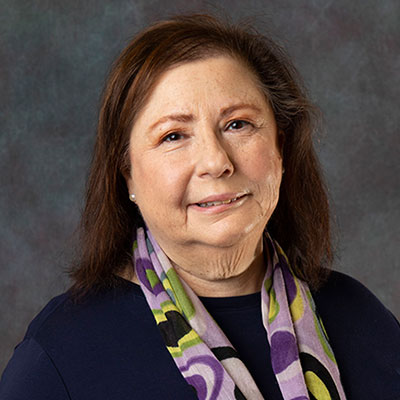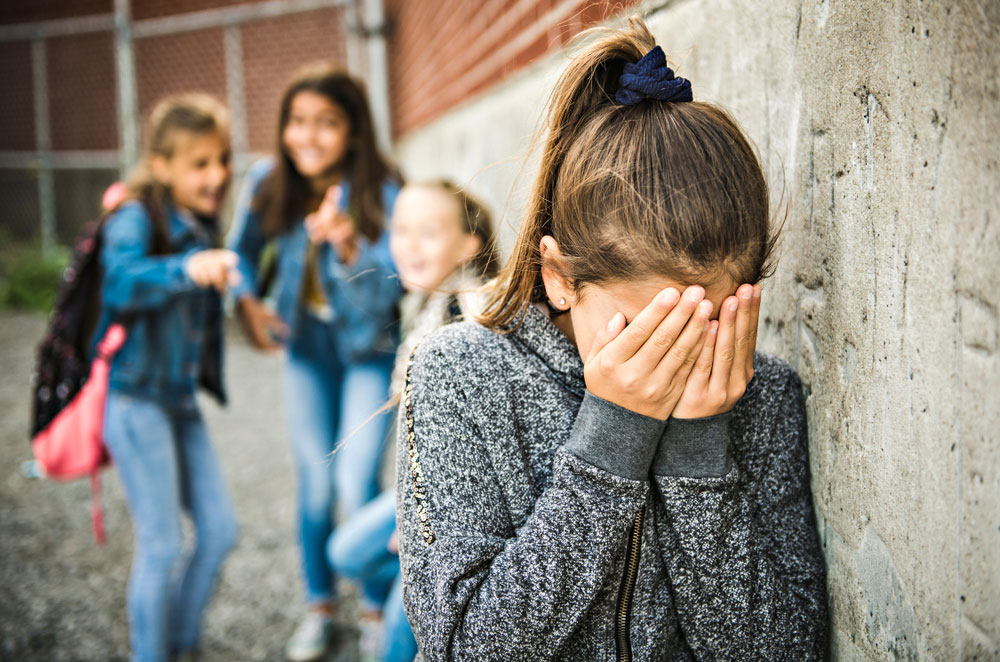“What’s happening to our kids?” is a question that I hear all the time. The news is filled with children demonstrating all kinds of violent behaviors that we never encountered in our childhood, behaviors that are typically associated only with adults. There seems to be a line that has been crossed somewhere, assisted by violent video games and movie actors using aggression to solve problems. Consequently bullying has also become more prevalent and more mean-spirited in our society. In the recent past it was not unusual to hear about teasing and taunting, but today it seems more impulsive, more violent, and even more sophisticated as kids use technology to inflict emotional and psychological pain. Solutions are going to need to involve school, home and the kids themselves in order to be effective.
Olweus (1991) describes bullying as involving harmful behaviors from either one individual or from a group, being prolonged and chronic in nature. Today children of all ages (perpetrators, victims and bystanders) are being involved in more violent, relentless and personal forms of bullying. Schools, parents, professionals are struggling with this issue all the time, not only in middle school, but in grade school, high school and college. Bullying is generally categorized into four areas. They include direct-physical bullying (assaults or thefts), direct-verbal bullying (threats, insults, nicknames), indirect-relational bullying (social exclusion, nasty rumors), and cyber-bullying (Hinduja, & Patchin, 2009). Studies indicate that bullying and its consequences are not limited to gender, sexual preference, age or whether or not the child is being bullied or is the bully! The consequences of bullying can be poor self esteem, academic failure, school refusal, hopelessness, anxiety, isolation and suicidal thoughts, attempts, and completions. “In most studies, the most disturbed group were those who were both bullies and victims” (Klomek, 2010). One study (Kim et al., 2009) found that not only children who are bullied but the bully themselves are at increased risk for suicidal thoughts and behaviors, often times not evident for years later. Professional mental health evaluations of adults might benefit from a childhood bullying assessment in light of these findings.
Klomek (2010) also has studied gender differences in response to bullying. Long-term effects differ by sex. Boys who are associated with bullying seem to have eventual suicidal behavior if they also suffer from prior psychopathology, especially conduct disorders. But girls have suicidal behavior after being bullied, regardless of whether or not that had any prior emotional problems. Studies also find that bullying within relationships have been found to have a much greater impact on emotional stability than overt or direct victimization.
Attempts to try to curtail these problems are difficult and slow, especially when compared with the instantaneous insults that can be twittered or placed on Facebook to a huge, wide audience. A relatively small group of programs are available, and have been used by schools to stop bullying. “Social scientists have found that programs that build from within schools and work both with victims and bullies have more success than programs that ridicule bullies from the outside. One proven strategy is for (school) districts to invest in a school resource officers (SRO), whose main duty is to patrol the halls and connect with the kids” (www.time.com, Oct. 24, 2010 issue).
Intervention is difficult, time intensive, and does not involve a quick fix. Many of the current approaches are aimed at the child being bullied, but the root cause may be with the bully themselves. Children with low self esteem, chaotic lives, or who experience violence will lash out at others. The bully’s violent nature causes others to fear them, and then “just go along” or become a quiet bystander. These bystanders become fearful and then choose to not help the child being bullied, not report the bullying or worse, become a party in the bullying. The latter is exemplified in cyber-bullying, when kids forward nasty messages or photos.
“Where are the adults?” is a central question in this discussion. Adult role modeling of bullying behavior is a major factor in whether or not our children consider bully behavior to be acceptable. “Do as I say not as I do” is no longer acceptable. Some children are not getting the direction they so desperately need at early ages. Adults (parents & teachers) need to model good behavior that instill positive values, strong ethics, and provide a clear message that violence and disrespect will not be tolerated.
Awareness of bullying, whether in a school, on a team, or in a neighborhood is the first step in stopping it. Many children do not tell their parents or teachers for fear that the spotlight will be on them, and the bullying will get worse or more violent. Adults need to be sensitive in addressing the situation. The best intervention comes from someone in more “power” than the bully, and from someone who can truly keep the other children safe, such as a teacher. Bullies, once identified can be “separated” in class, but also need to be monitored in class, after class and on school buses. Treatment for the bully may be warranted, focusing on anger management, home problems, or emotional problems. Secrecy and camouflage from adults is the mainstay of bully behavior. Just protecting bullied children in class cannot be enough, because most bullying then is channeled somewhere else, such as the internet. Teachers need to be constant observers, and apply logical consequences to a specific behavior displayed. If a teacher would give a consequence for cheating on test (i.e., suspension from the basketball team), then they must also give a consequence for bullying. Any behavior will continue as long as it is tolerated by those in authority. Bringing together the entire “system”, such as the class, and empowering the bystanders can work in taking the secrecy and power away from the bully.
About Patricia Calabrese, PMHNP-BC:

About Pine Grove Behavioral Health & Addiction Services:
Located in Hattiesburg, Mississippi, Pine Grove Behavioral Health & Addiction Services is one of the nation’s most comprehensive treatment campuses. Pine Grove’s world renowned programs treat gender specific chemical addiction including specialized tracks for co-occurring eating disorders, compulsive behaviors, trauma, and mental health. Additionally, Pine Grove offers an Intensive Outpatient substance abuse healing program for adults and a separate treatment track for those age 55 plus. Other Pine Grove specialty programs include a dedicated professional’s treatment curriculum and a comprehensive evaluation center. Pine Grove also features a program for patients with sexual addiction. Inpatient Services including an Adult Psychiatric Unit, along with a Child and Adolescent Psychiatric Unit, and Outpatient Services are other components. Pine Grove is a division of Forrest Health, a partnership of healthcare organizations across South Mississippi, and the behavioral healthcare extension of Forrest General Hospital. Established in 1984, Pine Grove has provided nationally and internationally recognized health care for 39 years.
For more information about Pine Grove, please visit www.pinegrovetreatment.com and call 1-888-574-HOPE (4673).


